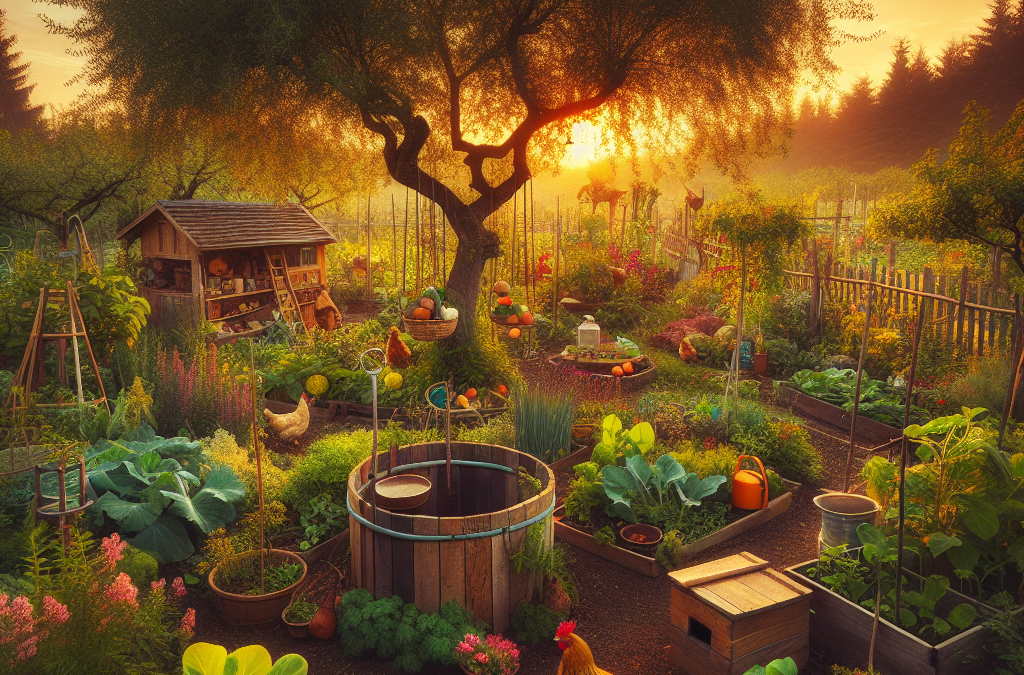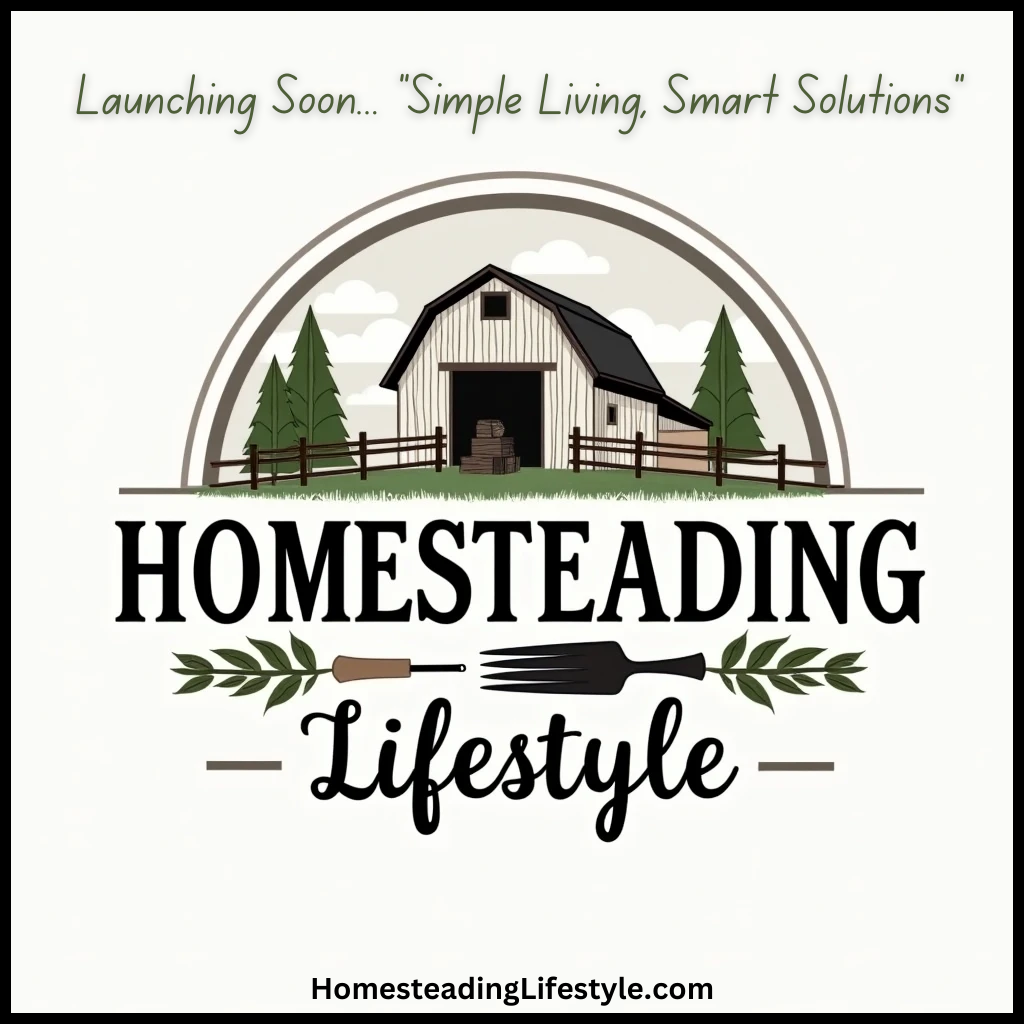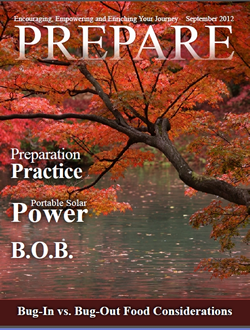1. Choose the Right Location
Understanding Sunlight and Shade
Picking a spot for your garden might seem simple, but trust me, it’s super important. Over the years, I’ve learned that the amount of sunlight or shade a space gets can completely change the outcome of my plants. Most vegetables love full sun, so scouting out a nice sunny spot can be a game-changer. However, don’t forget to consider the balance. Some plants thrive in partial shade, which makes for a more diverse garden.
When choosing a location, I like to roam around my yard at different times of the day to see where the sun hits the hardest and where the shadows fall. With this little observation trick, I started to realize my garden’s potential for growth—especially in areas I hadn’t even considered!
Also, think about drainage and how water flows in your yard. A location that gets too much runoff after rain can drown your plants, while a spot that’s too dry will leave them thirsty. Finding that happy medium is key to a low-maintenance setup.
Soil Quality Matters
Next up, let’s talk about soil. It’s the lifeblood of any garden! When I first started, I didn’t pay enough attention to my soil and let me tell you, my plants let me know how they felt about that. Good soil means your plants have the nutrients they need, and I’ve found that investing in soil testing can save you a ton of hassle down the road. You can even mix in a bit of compost to boost that organic goodness!
If you’re in a pinch, look out for local resources—they might offer soil amendments that work like magic. I remember one time my neighbor gifted me some organic compost, and it has made a world of difference. My plants were so much happier (and healthier!) after that.
Ultimately, knowing your soil can guide you in choosing the right plants. Some plants do best in sandy soils, while others need more clay. It’s all about matching your plants to their environment, and it can seriously lower the effort needed in maintaining your garden.
Climate Considerations
Living in different climates can be a whole different ballgame. When I lived in a hot climate, I had to adjust my planting schedule and selection. Understanding the average frost dates, humidity levels, and rainfall can help you choose plants that don’t just survive but thrive. I’ve learned to time my plantings around these factors to maximize growth cycles.
Always take a peek at your USDA Plant Hardiness Zone. It can really give you insight into what plants will flourish in your area. For example, certain perennials that flourish in my zone turned out to be real treasures for creating low-maintenance beauty in my garden.
A practical tip? Select native plants whenever possible. They’re not only beautiful but also adapted to your climate, making them hardy and less demanding when it comes to care. Embracing local flora has made my gardening journey feel less like a chore and more like a rewarding hobby.
2. Select Easy-to-Grow Plants
Herbs and Vegetables
Oh man, if you want a low-maintenance homestead garden, you can’t overlook herbs and vegetables! I’ve started planting herbs like basil, mint, and rosemary, which are not only easy-peasy to grow but also super useful in the kitchen. They’re my go-to for flavors without the fuss of high maintenance.
Often, I’ve had great success growing veggies like zucchini, tomatoes, and peppers that practically take care of themselves. After a few seasons of trial and error, I discovered that these plants provide consistent yields without much pampering. It was a real “aha” moment!
Remember, herbs and vegetables need varying conditions. Make sure to match your picks to the sunlight and soil conditions we just discussed. It keeps your garden thriving while you kick back and enjoy the beauties of nature.
Perennials for Continuous Growth
Perennial plants rock my world when it comes to minimal maintenance. Unlike annuals, which need replanting every year, perennials stick around and keep giving year after year. I’ve got a lovely collection of daylilies, coneflowers, and ornamental grasses that come back stronger each season.
Plus, these beauties often attract pollinators, which are great for increasing productivity in the garden. Make sure to pick a mix of early, mid-season, and late bloomers so your garden will always have something to show off in every season. It’s like gardening magic!
The best part? They need less effort after their initial establishment. Once settled, they’re pretty much set. You’ll find yourself spending more time enjoying the garden rather than stressing over it. Talk about a win-win!
Low-Maintenance Flower Options
When it comes to adding blossoms without the headache, I’m all about native flowers. They’ve adapted to my local environment, making them a breeze to care for. A striking combination of black-eyed Susans and lavender really adds color while needing minimal fuss.
Another great pick? Drought-tolerant flowers like sedum and yarrow not only thrive on neglect but can produce gorgeous blooms. I often just give them a glance, and they smile back at me in vibrant colors!
Overall, selecting the right flowers encourages a self-sustaining ecosystem in your garden, dramatically cutting down on maintenance time. These low-maintenance beauties will have your garden looking its best with only a fraction of the effort. Saving time while keeping things beautiful? Yes, please!
3. Implement Smart Garden Design
Raised Beds and Container Gardening
Let me tell you, raised beds and container gardening have been absolute game-changers for me. Not only do they look great, but they keep my garden organized and easier to manage. I found that raising plants just a bit off the ground can help tremendously with drainage, and it also makes for easier access when I’m harvesting or doing maintenance.
If you’re short on space or just want a low-maintenance option, containers can do wonders. You can easily move them around to catch optimal sunlight or bring them into a sheltered area when needed. I love arranging my patio with colorful pots filled with herbs and flowers—it feels inviting and offers a productive space.
Not to mention, raised beds help reduce the chances of weeds popping up. Less weeding? Yes, please! I’ve upsized my garden using these techniques, and honestly, it makes everything feel more tailored and manageable.
Companion Planting
If you ask me, one of the best-kept secrets in gardening is companion planting. Some plants thrive next to each other, while others can hinder growth. For example, planting basil next to your tomatoes helps repel pests and enhances flavor. It’s a win-win!
I’ve experimented with different combinations and noticed a significant boost in growth and health. My pepper plants have been happier beside marigolds, and my beans do well with corn—a little natural synergy in my garden!
Learning about which plants play nice with each other and planning accordingly can cut down on pest control and the need for fertilizers, making your garden low-maintenance and thriving!
Mulching for Moisture Retention
Mulching has been another superstar in my garden maintenance routine. It’s like putting the garden on autopilot. Layering mulch not only looks good but helps conserve moisture, which means less watering. After mulching, I noticed a dramatic decrease in my time spent with the watering can!
Plus, it acts as a barrier against weeds, reducing the need for frequent weeding sessions. Who wants to spend precious time pulling weeds when you can let your plants flourish? I’ve used straw, wood chips, and even shredded leaves, and all have worked wonders.
Regularly top-dressing your mulch (every season or so) also helps feed the soil as it breaks down, so it’s like a win-win situation for your plants. With this simple practice, my garden thrives with very little extra effort.
4. Watering Wisely
Drip Irrigation Systems
Listen, if you are serious about low maintenance, I can’t recommend drip irrigation enough. It’s made my life ten times easier! I set it up a few summers ago, and it’s like having a personal watering assistant. It delivers water directly to the roots where it’s needed most, cut down on waste dramatically.
Setting up the system can take a bit of time initially, but once it’s done, it runs like a charm. I usually water early in the morning or late in the evening with my drip system, and I don’t have to worry whether my plants are getting enough moisture when I’m busy doing life!
And the beauty is, once it’s in place, all I really need to do is check the system for blockages and make sure everything is functioning correctly. Comparatively, hand-watering can become quite the chore, especially in the heat of summer.
Rainwater Harvesting
Another great low-maintenance watering solution I’ve embraced is rainwater harvesting. By collecting rainwater through gutters and barrels, I’ve reduced water bills, and my plants get that natural, chemical-free water they love. Now, I’ve got a few barrels set up around my garden and when it rains, you could practically hear my plants cheering!
It’s not only sustainable, but it makes me feel like I’m doing my bit for the environment. Just be mindful of checking the barrels regularly, cleaning them out as needed, and covering them to prevent mosquitoes from partying in there.
Plus, rainwater is typically more beneficial for plants because it doesn’t contain the chlorine and other chemicals often found in tap water. My garden has thanked me repeatedly for this small change!
Timing is Everything
Becoming a pro at knowing when to water your plants can save you time and effort. I’ve found that early morning or late evening is the best time to water. It allows plants to absorb moisture before the sun heats everything up, reducing evaporation rates.
If you’ve planted drought-resistant plants, learning to let the soil dry out between watering sessions can also create a less labor-intensive experience for you in the long run. I check soil moisture by digging a little into the dirt with my fingers and adjusting my watering schedule accordingly.
This timing trick has changed my gardening journey. I’m less worried about overwatering or under-watering now, allowing my plants to thrive without constant attention. Seriously, timing is everything!
5. Embrace Natural Pest Management
Encouraging Beneficial Insects
Goodbye, chemical pesticides! I’ve jumped into the world of natural pest management, and it’s been so liberating. Inviting beneficial insects like ladybugs and lacewings into my garden has made such a difference. They eat those pesky aphids and caterpillars that like to wreak havoc.
I’ve started planting flowers like dill and yarrow around my garden, which attract these helpful critters. It’s been fascinating to watch nature’s cycle at work in my own backyard.
Plus, the increase in pollinators like bees and butterflies has really enhanced my flowers and fruit production. Keeping everything in balance and letting nature do its thing is the key to a thriving, low-maintenance garden!
Use Companion Plants for Pest Control
Companion planting does double duty in pest management! I’ve seen a remarkable reduction in pests simply by planting certain plants together that repel each other’s foes. For instance, marigolds are famous for keeping nematodes and other pests away from tomatoes and peppers.
By planning my garden arrangements with this in mind, I’ve cut down on the need for any pesticide measures. Plus, it’s so cool to see the natural relationships play out in my garden. It’s like an eco-friendly community I didn’t even know I was building!
This method not only helps keep pests at bay but also supports a thriving ecosystem of beneficial insects, which is a joy to observe. Keep that balance in check, and you’ll be amazed at how well your plants will do!
Regularly Monitor for Problems
Even with natural pest management, keeping an eye on your plants is still super important. I’ve learned to do regular checks on my plants for any signs of distress or pests. Being proactive helps catch any potential issues before they spiral out of control.
I go through my garden at least once a week, looking under leaves, checking for any weird stuff, or just assessing the overall health of my plants. If I spot something off, I usually turn to a simple soap solution to treat minor infestations, and more often than not, it does the trick!
Taking these small steps ensures that my garden remains healthy and happy, with far less effort than you might think. The motto here? Stay on top of things, and you’ll keep the maintenance load light and breezy!
FAQ
1. What are the best plants for a low-maintenance garden?
Choosing native plants and perennials like daylilies, coneflowers, herbs like basil and rosemary, and drought-resistant varieties like sedum can significantly reduce upkeep while providing beautiful results.
2. How often should I water my low-maintenance garden?
The frequency of watering will depend on your soil and climate, but generally, watering early morning or late evening helps to reduce evaporation. It’s also good to allow the soil to dry out between watering, especially for drought-tolerant plants.
3. How can I manage pests naturally?
Encouraging beneficial insects, using companion planting to repel pests, and regular monitoring of your plants can help maintain a healthy garden without harsh chemicals.
4. Is it worth investing in a drip irrigation system?
Absolutely! While there’s some upfront work to set it up, a drip irrigation system saves time and water while providing a consistent moisture level, leading to healthier plants with less effort.
5. How do I improve my soil quality?
Testing your soil, incorporating organic compost, and ensuring good drainage can significantly enhance soil quality, creating a better environment for your plants to grow and thrive.





